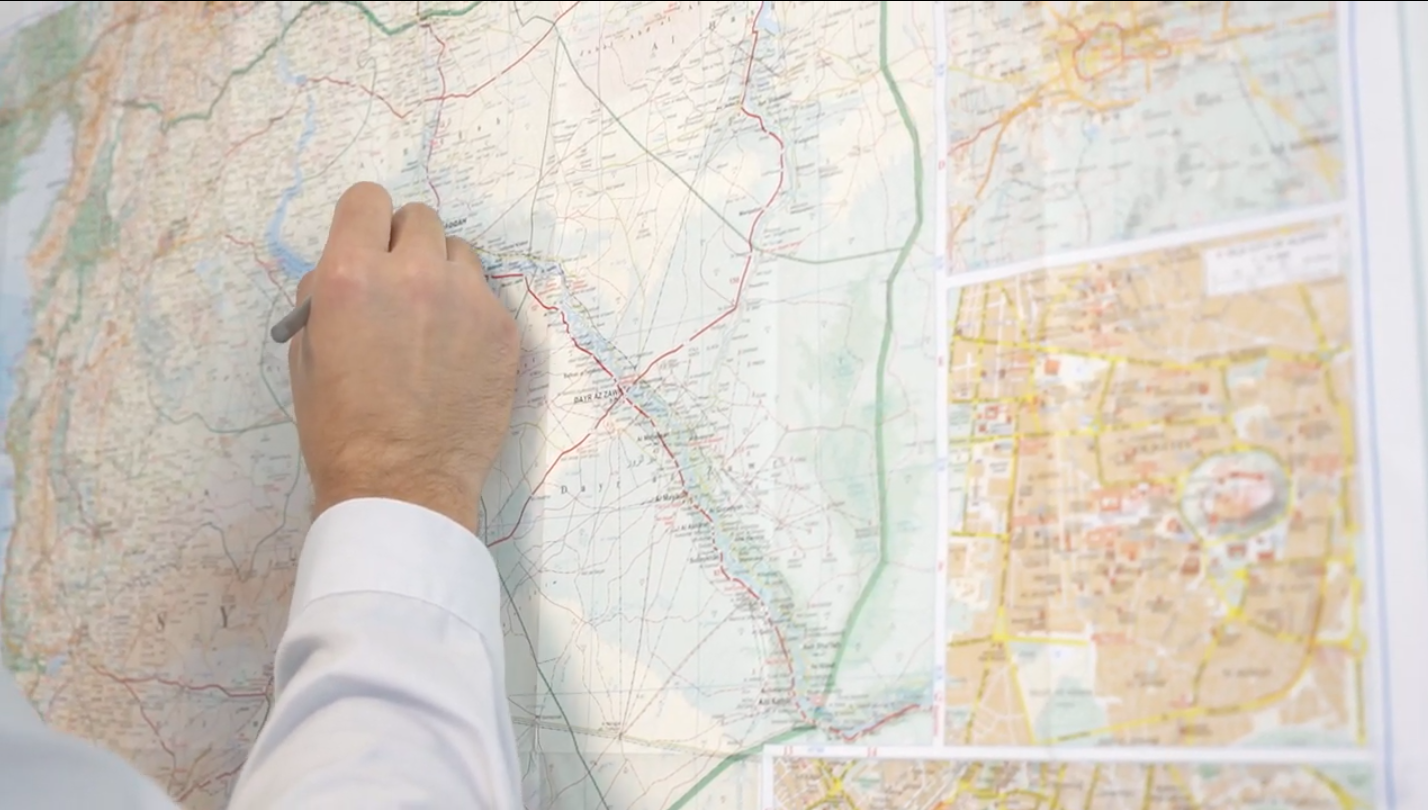This is an excerpt of an interview with Mohammad Al Abdallah, Executive Director of Syria Justice and Accountability Center, which is collaborating with the Argentine Forensic Anthropology Team to train and professionalize the processes of the First Responders team that is exhuming mass graves on the ground. Scroll down to watch the full interview.
ISIS tried to terrorize the communities they were establishing their Caliphate in. Part of that strategy was to arrest anybody who could disagree or voice any dissatisfactions with ISIS.
ISIS followed the practice of the Syrian government and other militias of arresting and kidnapping and disappearing people, holding them in unregistered facilities and secret detention centers.
They arrested activists, journalists, civil society leaders, doctors, including some community leaders, for no clear reasons. The families who were under the rule of ISIS did their best by knocking on doors, going to officials, trying to bring some tribal leaders to help them navigate the system.
The International Coalition did not prioritize collecting data about the missing, or looking for information from detention facilities. Their concern was a quick military defeat of ISIS for political reasons, not the fate of the local communities or how they’re going to deal with the legacy of the missing.
Nobody will have more information about missing persons by ISIS than ISIS members themselves. The Coalition including US forces, French forces, Kurdish forces interrogated hundreds of ISIS fighters currently detained in northeast Syria. There’s a plan to put them on trials. But to our knowledge none of them were asked any questions related to detainees, mass graves, executions, locations of detention facilities, who among those prisoners could have been in charge of a detention facility previously? Nothing. And this is alarming because it highlights the point I mentioned before: this is not a priority for the coalition.
My hope is to run a successful investigation about the mass graves. The mass graves belong to specific battles in specific towns or specific operations by the coalition. Who was involved? What’s the distance between those mass graves and specific towns? Potentially who could be in those mass graves? Running all those investigations on the ground and collecting as many interviews as possible with the families and witnesses about missing persons, then matching those together, could help us narrow the search for the missing. But this is a process that needs to be done correctly because any mistake or damage during the investigations could affect the identification process.
